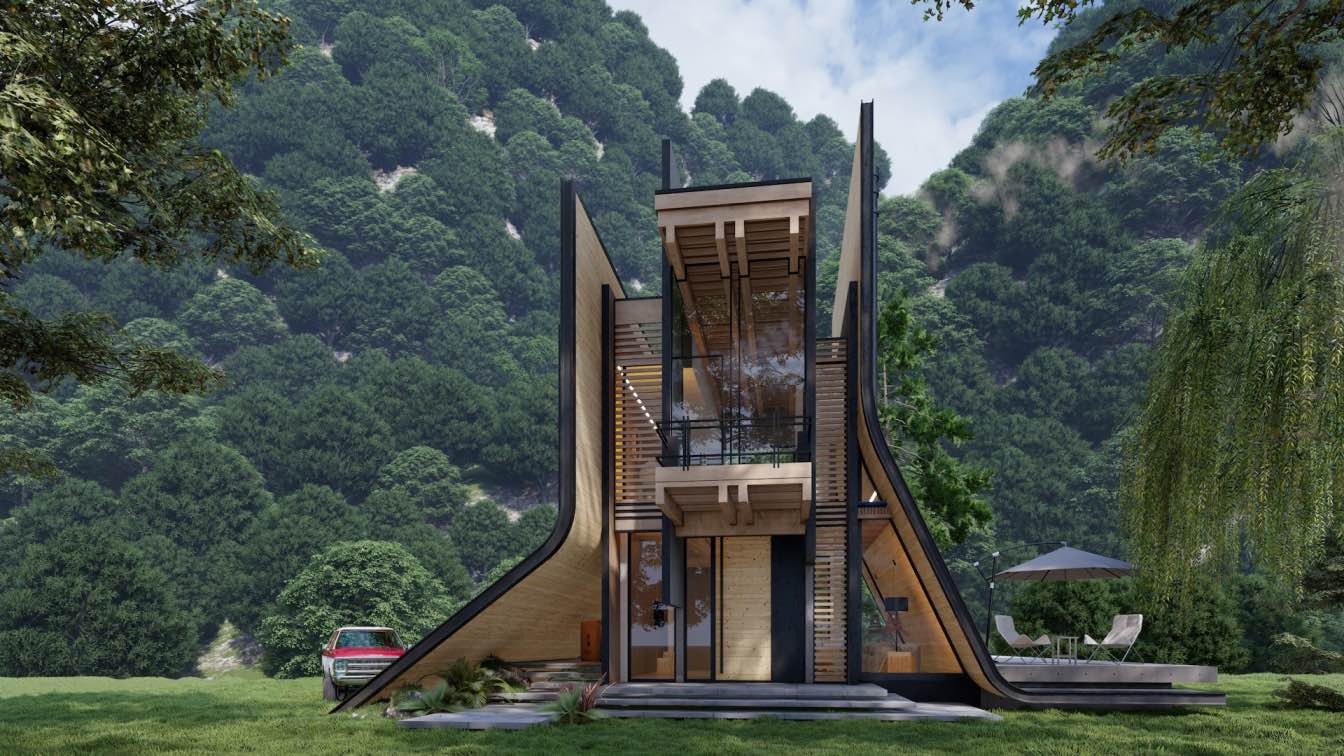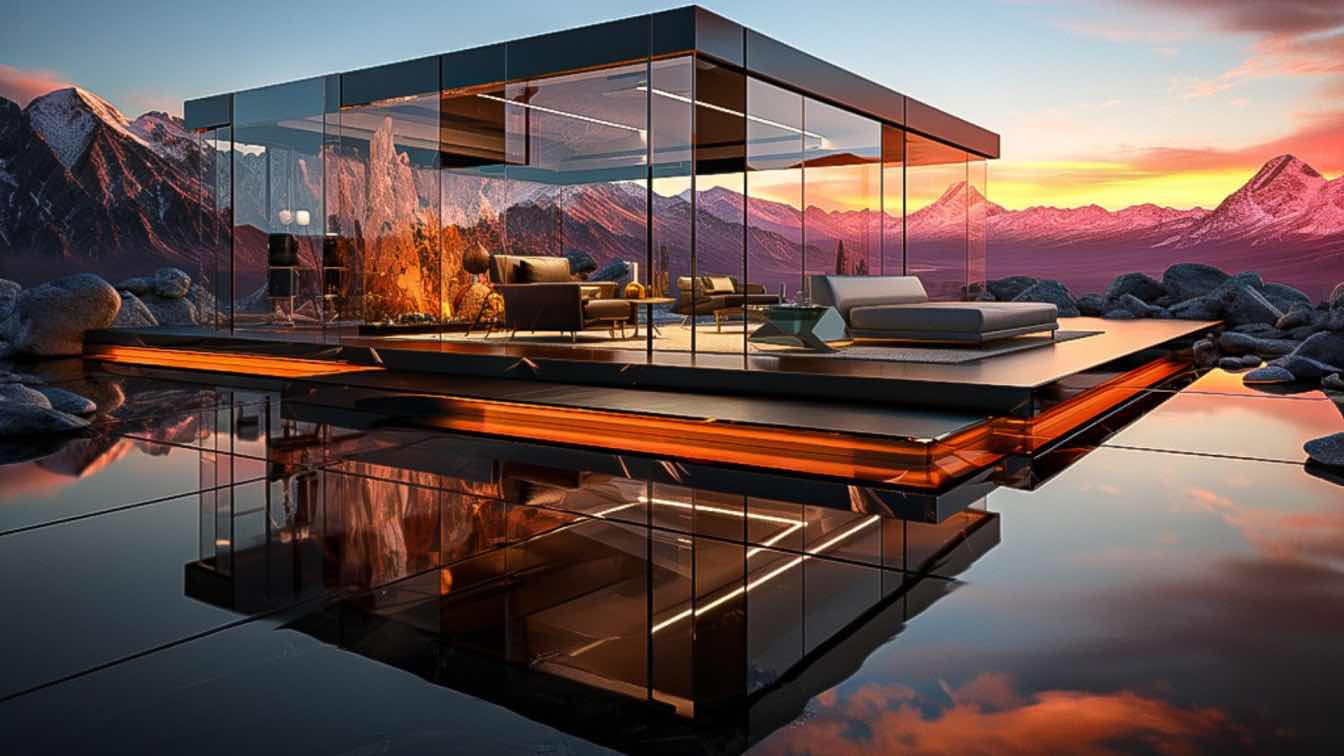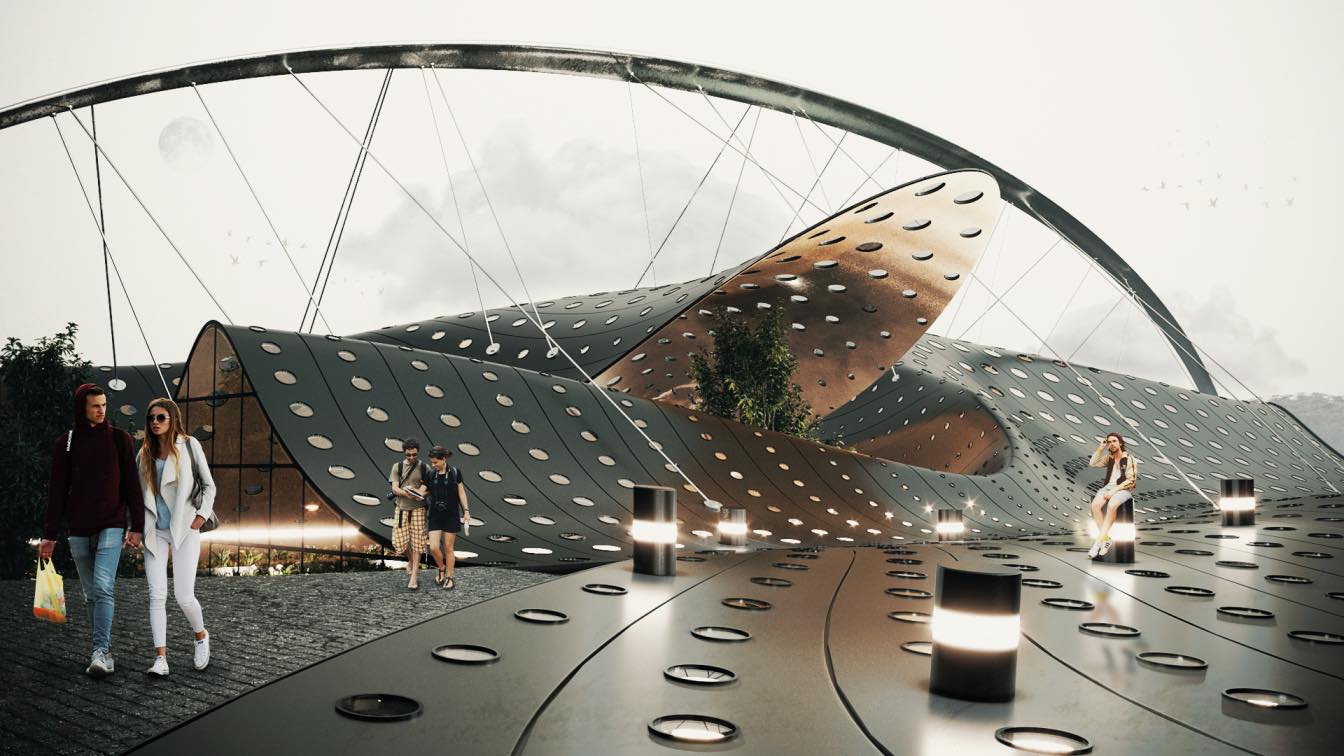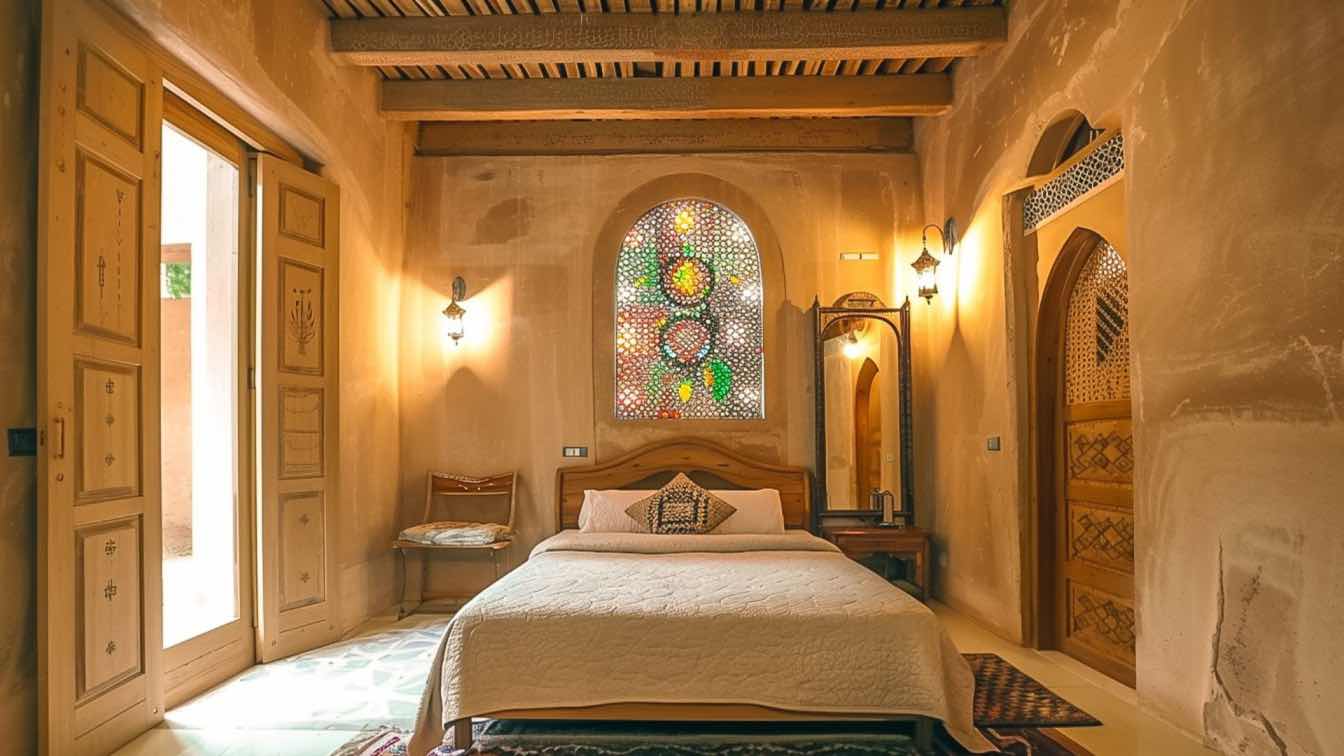Arestea: The aim of the project is to create a private residential unit with the harmonious relationship between modern living and the natural world and minimal footprint on the environment.
Influenced by Greek mythology, as it provides a rich and diverse source of archetypes and symbols, common to mankind, and conveys the universal human experiences through the forces of nature, similarly the proposed architecture strives to express these phenomena through their geometric interpretations (the interpretations of the derivative of a function), which can create a sensory and experiential connection between the building and its users (e.g., the Solomon R. Guggenheim Museum in New York by Frank Lloyd Wright inspired by a spiral shell, also resembling a tornado in its shape and movement).
According to the myth, Arethusa was a nymph who lived in Arcadia, a region of ancient Greece. One day, while she was bathing in a stream, the nymph caught the attention of Alpheus, the river god. Alpheus was immediately smitten with Arethusa and pursued her relentlessly, but she refused his advances and fled. Arethusa tried to escape by running across the land, but Alpheus was determined to catch her. In desperation, Arethusa appealed to the goddess Artemis for help. Artemis transformed the nymph into a stream, allowing her to escape from the pursuer. Arethusa flowed under the sea and eventually emerged in the island of Ortygia, in modern-day Sicily. Alpheus, still implacable, followed her to Ortygia and transformed himself into a river and mingled with her waters, hoping to reunite with her.

Ovid designates Arethusa by the name "Alpheias", because her stream was believed to have a subterranean communication with the river Alpheius, in Peloponnesus (Ovid, Metamorphoses, Book V).
The story of Arethusa and Alpheus has been a source of inspiration for artists, sculptors, poets and composers throughout history, showcasing the enduring power and relevance of the myth. It has been seen as a symbol of the eternal pursuit and transformative power of love and the struggle to overcome obstacles and also as an allegory for the interconnectedness of nature.
The architectural project is a manifestation of the principles and themes that emerge from this myth. The design is characterized by its fluidity and dynamism, the usage of interlaced curves and soft edges, echoing the movement of the water in the story. The structure seems to twist and turn in an organic way. The use of materials, such as glass and aluminium, enhances this sense of fluidity and creates a sight of transparency and openness. The incorporation of water features, like falling water fountain and decorative pool, allude to Arethusa and Alpheus metamorphosis myth, and also reference Fonte Aretusa (Arethuse's spring) in Syracuse. The circulating water serves as reminder of the eternal flow of life and the cyclical nature of existence. The structure seeks to evoke sense of intimacy and connection, creating spaces that are both private and open.
The choice of the project name in singular form is driven by the same reasoning as Ovid’s denotation of Arethusa as "Alpheias" - the unity of amorous couple.

The garden of the villa alongside with planted terraces of the building are reminiscent to the Garden of the Hesperides - a mythical garden in Greek mythology located at the western edge of the world, beyond the Atlas Mountains. The garden was said to contain a tree with golden apples and guarded by the serpent Ladon and nymphs of evening and golden light of sunsets, who were the "Daughters of the Evening" or "Nymphs of the West" called the Hesperides (Hesperos, Ἕσπερος -evening, Vesper in Latin, has a shared root with the English word "west"), Arethusa being one of them.
The golden apples were a gift from Gaia to Hera, wife of Zeus, on the occasion of their wedding. They were considered so valuable that Heracles was required to retrieve them as one of his Twelve Labours.
Among the many interpretations the Garden of Hesperides myth is the idea of a utopian paradise. The garden is often seen as a representation of a perfect world, a place of abundance, beauty, and harmony. The garden's golden apples are a symbol of eternal life and the pursuit of immortality, which has been a recurring theme in mythologies and literature.
The project yard inspired by the Garden of Hesperides seeks to capture the essence of this mythical place and bring it to life in a tangible way. It is represented by lush greenery of various plants, vibrant colours and curved lines. The sound of the water flowing from the fountain will fill the air, creating a calming and serene atmosphere. The idyllic space seeks to induce tranquillity and peace, where residents can connect with nature and find respite from the strains of everyday life.

The site is located in the Tsavkisi neighbourhood of Tbilisi Mtatsminda District, Georgia. With an area of 1001 sq.m., it is a sloped terrain plot. It borders on the southeast side with the road, and with other parcels on the other sides. Currently it contains no plants except wild grass.
Entrances for both pedestrians and vehicles are placed from the road side. The driveway surface consists of grass water-permeable pavers, which is connected to the building entrance at upper level through a serpentine (serpent Ladon) also made from grass pavers. Most of the site area (~80%) is reserved for greenery which includes: grass cover, grass pavement, decorative deciduous and coniferous shrubs and trees.
The villa occupies three floor levels. The zero mark corresponds to +1028.60 m above sea level. At the -4.00 mark, there is a garage, lounge, kitchen, W.C., two storage rooms. Living space, kitchen-dining room, laundry, wardrobe, study, W.C. and planted terrace are located at ±0.00 mark. At the +3.30 mark are situated three bedrooms with bathrooms, wardrobes and balconies. The rooms are interconnected with corridors and staircases.
High-quality decorative plaster is used for facade cladding. White aluminium frame glazing opens up the space towards the vista, likewise the glass railings of the terrace and balconies also embellished with ornamental plants.





The Garden of the Hesperides by Frederick Leighton, 1892





